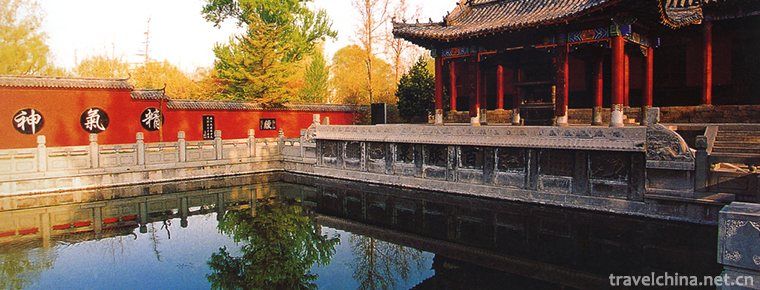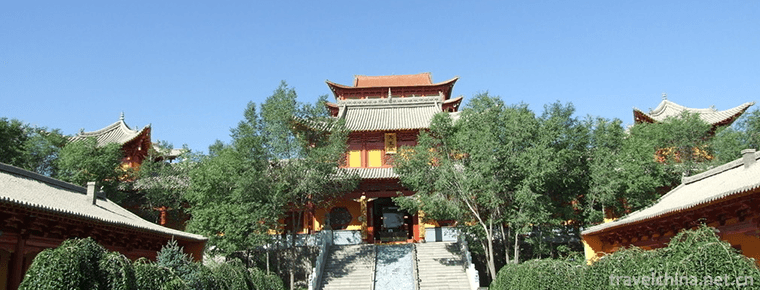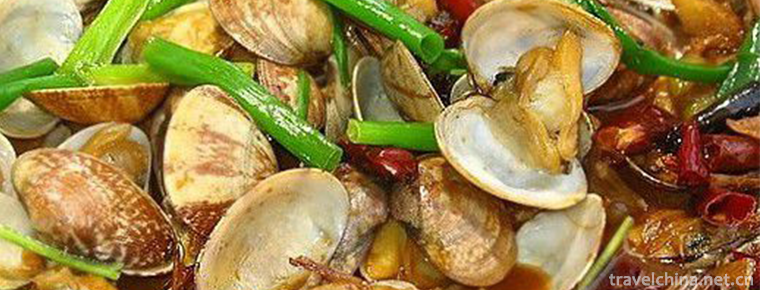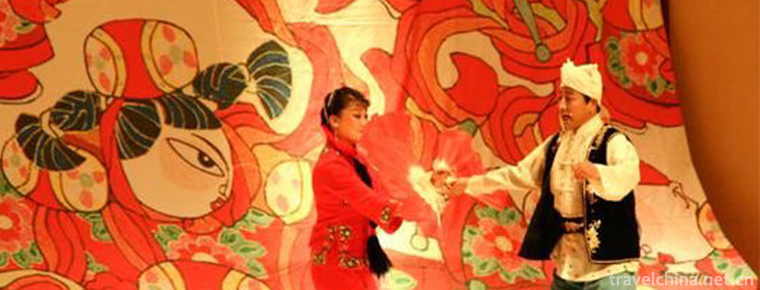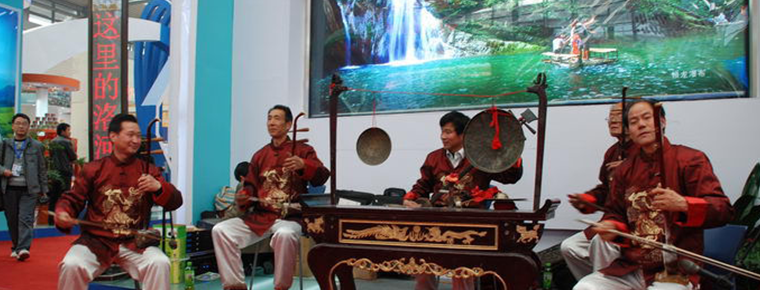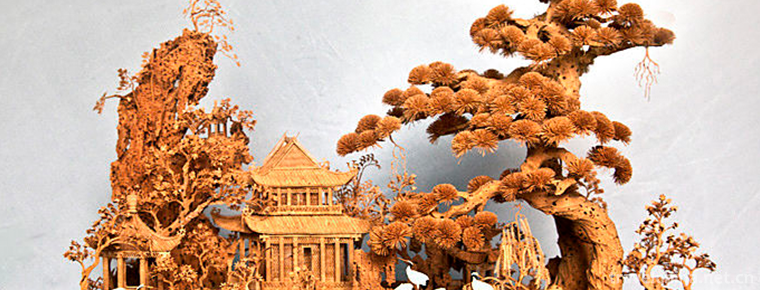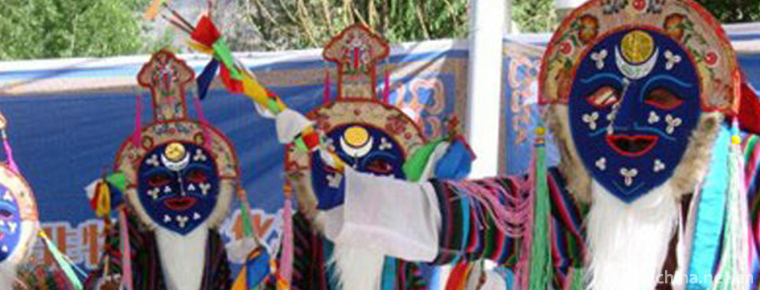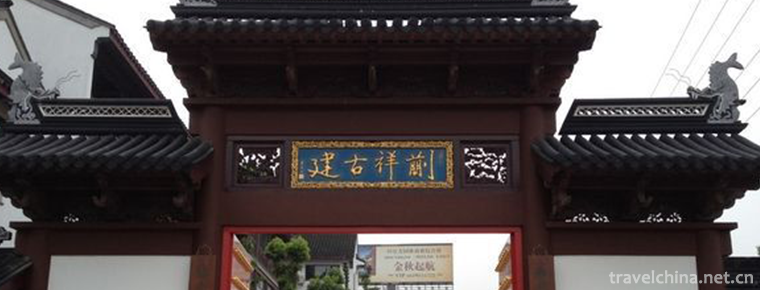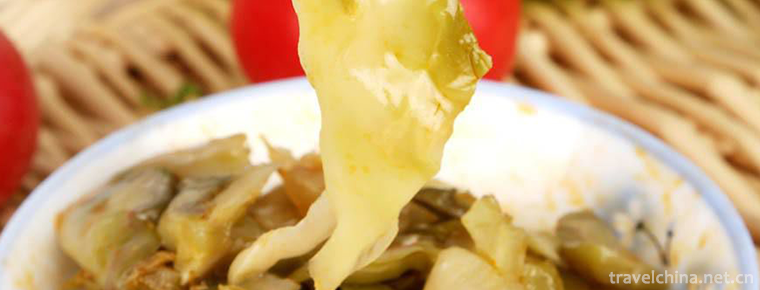Traditional archery
Traditional archery
The traditional bow is an ancient invention consisting of three parts: wood, horn and tendon. The manufacturing process is complex and the materials used are various, and the workmanship and material selection should be based on the appropriate season and climate.
introduce
Traditional bow is an ancient invention. There is a tradition of making bows and arrows in ancient China. It was first reported that bows and arrows were invented in the period of Emperor Xuanyuan. China's traditional bow manufacturing technology is very superb, which plays a very important role in our ancient military war. Traditional bow has played a very important role in ancient and modern China. Our country still retains the traditional bow making technology, which is a very precious national cultural heritage. It has a very high cultural value for the study of China's social development, etiquette and entertainment, weapons technology, production and life, sports and other aspects. The traditional bow is a precious cultural heritage left to us by the ancients. We should protect and inherit the traditional handicraft craftsmanship of China and carry it forward.
Component
The traditional bow consists of three parts: wood, angle and tendon. The composite bow without the upper chord bends outward, and the back of the bow (the target-oriented side) is made of wood. The back of the bow also includes three parts: a pair of arms and a bow. Maple (maple), dogwood or mulberry trees are mostly used in the wooden part, or many kinds of wood are used at the same time.
The bow (facing the shooter) is angular. The angle is used to strengthen the bow arm. Nomads choose buffalo horns or wild goat horns. Because buffalo horns are more flexible and longer than those of other animals, buffalo horns are most popular among nomadic peoples.
Ancient ancestors used fish glue to stick the hind leg tendons (from cattle, deer, etc.) to the wooden back of the bow. The reason is that the tendon is like a rubber band, which can quickly return to its original position after pulling, greatly speeding up the speed of the arrow.
The ends of a pair of wooden bow arms are fitted with ears/siyah. Most historians believe that this was the invention of the Huns. Bow crossbow strengthens the bowstring's potential and reduces the force needed to pull the bowstring, so that the arrows fired by the composite bow have stronger lethality.
structure
Bowstring
Ancient ancestors used animal tendons, horse bristles, or grapevines to make strings. Scythians even used cow sausages to make strings. As for Turks, they are famous for their silk strings.
arrow
Most arrowheads have needles, which are different from those that are popular in Europe. There are many explanations, and historians point out that this is for self-defense. If the arrow is only inserted into the arrow rod, it will reduce the ability of the arrow rod to absorb the impact force. The arrow rod is easy to break, so the archer can prevent the opponent from using his own arrow to fight back. However, materials suitable for making arrows are scarce in the prairie, and nomads are unlikely to waste arrows in self-defence.
A more reasonable explanation is that this method of making arrowheads is not only simple, but also takes a relatively short time, which is good for the nomadic people who have little human and material resources.
Arrow poles are usually made of reed or bamboo, and birch and dogwood are also used to make arrow poles. Arrow feathers are made from the feathers of waterbirds, such as geese and ducks. The arrow pole has two or four arrow feathers, which makes the arrow more stable in flight.
String pulling tool
The Archer will wear a thumb ring (or wrench finger) to prevent the thumb from being cut by strings. The nomads of the mid-latitude grasslands make thumb rings from skin, bone, horn, metal or stone. In order to speed up archery, the inside of the thumb ring is usually grooved or grooved to fasten the chord.
Bow bags and arrows
Skytai's archers combine bow bags with arrows. The bags are called gorytos. Gorytos has a bag on the front for shooting arrows. Skythe's Archer hooked gorytos to his belt. This design was adopted by early Salmatians.
As the bows grew longer and longer, gorytos could not bear them. Huns, Yavars, Turks and Mongolian archers separated bowbags and arrows. They usually put bow bags on the left and arrows on the right. There are two ways for archers to place bow bags and arrows. One is to hang bow bags and arrows on the waistband, the other is to hang bow bags and arrows on the shoulder with a belt.
Development
The bows used by the Cesians and Salmatians are relatively short and less than 80 centimeters in length. As time goes on, the length of the bow increases.
Hunnish bow, also known as Hunnish bow, is more than 120 centimeters long. Archaeologists believe that the Huns first used bows and crossbows, so the Huns bows were more powerful. The upper arm and the lower arm of the Hun bow are different in length, and the upper arm is longer than the lower arm. The aim is to facilitate riding and shooting.
The bow of the Yavars bears the bow of the Huns, and its length has not changed much. However, the angle and shape of bow and crossbow are different from those of Hun. The bows used by the Mongols are similar to those used by the Yavars. The difference between them lies in the angle of bow and crossbow. When the bow is not stringed, the bow of the latter bends 30 degrees inward, while the bow of the former bends 60 degrees inward. Mongolian archers are equipped with short-range and long-range bows.
Present situation
Although the traditional bow still retains its manufacturing technology, it is still facing the status quo of loss due to the lack of protection in recent years. The inheritor of traditional bow manufacturing technology was a royal craftsman in the early Qing Dynasty, whose manufacture and sale were managed by the Qing government. After the collapse of the Qing government, it became a folk workshop because no one took over it. At present, the inheritor of traditional bow in our country is still not optimistic, working conditions and environment are very poor, and there is no apprentice to inherit his craft. If we do not take measures of protection and inheritance, the loss of traditional bow making technology will be a problem sooner or later.


-
Baimaiquan Park
Baimaiquan Scenic Area, located at No. 2017 Huiquan Road, Zhangqiu District, Jinan City, Shandong Province, is located in the eastern part of Jinan City. Founded in 1986.
Views: 148 Time 2019-01-02 -
Jiajiang Tianfu Tourist Tea Garden
Jiajiang Tianfu Tourist Tea Garden is an important base invested by Tianfu Group in Western China. It is located in Jiajiang Tianfu Service Zone of Chengdu Chengdu.
Views: 97 Time 2019-01-21 -
Shandan Great Buddhist Temple
Shandan Grand Buddha Temple is located at the foot of the mountain 5 kilometers west of Shandan County, Zhangye City, Gansu Province. The old name of "Tufo Temple" was built in the Northern.
Views: 161 Time 2019-02-08 -
Babao raw shell fresh shellfish
Babao raw shell fresh shellfish is a traditional famous dish in Shandong Province, which belongs to Shandong cuisine. It is made of fresh shellfish, pure winter bamboo shoots, watery mushroom, shrimp,.
Views: 196 Time 2019-03-27 -
Hequ folk songs
Hequ folk song is a kind of traditional folk music. Shanxi's human geographical environment has formed the "Xikou" mode of life and production in which local people return to Daqingshan and .
Views: 401 Time 2019-05-03 -
Luonan Jing Blackboard
In 2011, Luonan Jingbanshu was approved by the State Council and listed in the third batch of national intangible cultural heritage list. As early as in the Daoguang period of the Qing Dynasty (around.
Views: 133 Time 2019-05-15 -
Cork paintings
Cork painting, also known as cork carving, woodcut. Chinese traditional folk sculpture crafts. It is mainly produced in Fuzhou, Fujian Province. It is a handicraft combining carving and painting. Simp.
Views: 149 Time 2019-06-11 -
Shannan Menba Opera
Because Shannan Menba Opera directly adopts Tibetan scripts of Tibetan Opera, it is called "Menba Aguiram" by the people, that is, Menba Tibetan Opera. Legend has it that at the end of the 1.
Views: 156 Time 2019-06-13 -
Construction Techniques of Traditional Architecture of Xiangshan Band
Xiangshan Gang's traditional architectural construction techniques, local traditional handicraft techniques in Suzhou City, Jiangsu Province, one of the national intangible cultural heritage..
Views: 109 Time 2019-07-03 -
Yidege Ink Making Skills
Yidege is a local traditional handicraft in Beijing. It is well-known for producing ink. The products have bright ink, rich and light colors, fluent writing, moderate concentration, strong fragrance, .
Views: 172 Time 2019-07-11 -
Traditional Manufacturing Techniques of Preserved Vegetables
Fuling mustard was created in Guangxu 24 years of Qing Dynasty (1898). It has been popular with consumers since it came out, and its influence has been increasing. Fuling traditional handcrafted musta.
Views: 151 Time 2019-07-16

